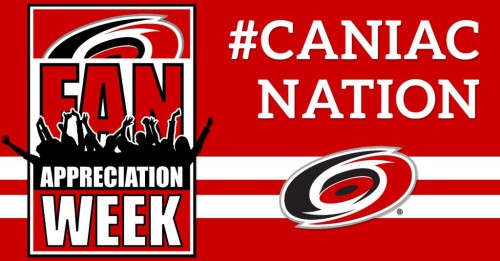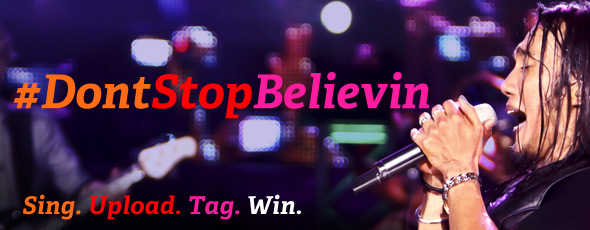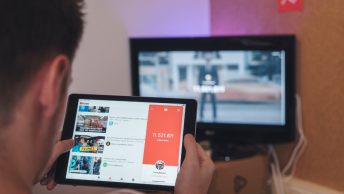Do you think Social Media Optimization (SMO) is like Search Engine Optimization (SEO) for social sites?
If you do, you’re not alone. I discovered this term after hanging out with Rohit Bhargava during a digital marketing conference in Miami.
No, we did not talk about social media optimization over drinks.
We talked about everything outside of digital marketing. It wasn’t until I returned home when I stumbled across an interesting blog post about the subject. I quickly discovered it was he who first introduced the idea of Social Media Optimization. Small world.
Originally, Rohit defined Social Media Optimization as:
A process of optimizing your site/blog to be more visible in social media searches and sites, and more frequently discussed online in blog posts and other social media.
Based on this definition, Social Media Optimization does have similar functionality as Search Engine Optimization. You may wonder how important this is to your business. That’s a valid concern as we do not understand if people actually use Social Media search when researching a product or service. In this case, SEO seems more effective based on the over 3 billion search queries on Google (I overheard a Google exec mention this number–shhh don’t tell).
However, social shopping is the game changer. Why? By virtue of engagement driven communications, brands will certainly provide deep incentives to encourage consumers to purchase products on social media.
This is a win-win for consumers and brands as relevant products will be available for purchase and that purchase can be shared within the consumer’s social network.
Why is Social Media Optimization important for your business? Well, the rules of online optimization have changed and now we must consider social media as a viable e-commerce platform like we do for Search Engine Optimization. As business leaders, we must abide by these rules.
Here are the 5 rules of Social Media Optimization
1. Create Shareable Content
Creating shareable content is synonymous with creating content worth talking about. This is a fundamental practice within Social Media communications and is the main reason why this medium is “social”.
Naturally, you will increase the odds of your content shares if you make it easy for the consumer to do so.

2. Make Sharing Easy
If you’re an avid blog reader you’ll notice social share buttons on every article you read. It has become commonplace for most blogs and websites. Ultimately, sharing becomes easier once you have the right tools in place. Similar to this blog, utilize share widgets to increase shares and encourage sharing by asking consumers to share your content.
Tools: AddThis, ShareThis, and ShareButtons

3. Reward Engagement
Rewarding consumers for social media engagement is easy. The difficult part is rewarding them with an incentive that provides deeper engagement that simultaneously connects consumers with the brand and increases the reach of your social content.

The Carolina Hurricanes fan appreciation social media contest is a nice case study. Their social media rewards contest allowed users to earn points toward game day experiences and merchandise by interacting with the team on its social media accounts.
4. Proactively Share Content
This involves sharing more than just your owned content. This can include content syndication of articles, videos, and images on your owned media (i.e. your blog) as well as other social media platforms.

If you’re looking for content to share, here are a few content aggregation sites: AllTop, Blogengage, BizSugar
5. Encourage The “Mashup”
Encouraging users to remix your content can be an effective strategy.
PBS is a great example as they encouraged their audience to celebrate the PBS Independent Lens premiere of Don’t Stop Believin’: Everyman’s Journey.

Using Instagram, they wanted contestants to record a cover of their classic song, “Don’t Stop Believin’.” Tag it using the hashtag #DontStopBelievin and you could receive a signed poster from the band!
Final Thoughts
Do you think SMO is like SEO? The most important distinction is that with SMO, your presence can be in multiple places without being harmful to your SEO efforts. Particularly, it’s good advice to have one single website that you point to instead of having multiple sites.
Naturally, that brings more traffic to your owned outlets (i.g. your blog or website). With SMO, however, you have multiple places in which to direct traffic and it is still valuable because it’s your social media profiles that are posting and housing content. All this is done under your brand umbrella.
Here’s a question for you: Do you think your SEO efforts should match your SMO efforts? Respond in the comments section. I’m looking forward to reading your responses.











